

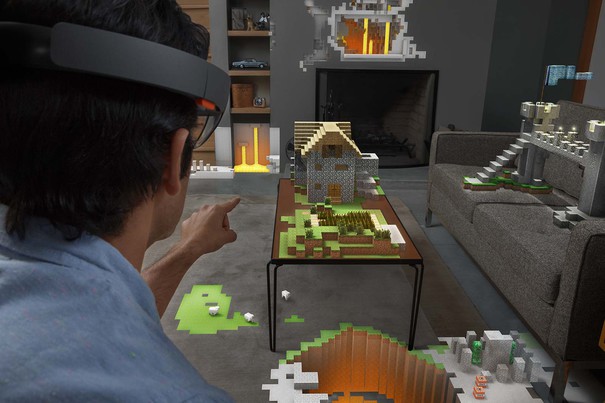
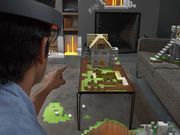
Let's face it: Microsoft's Windows 10 briefing yesterday was, for the most part, interminable. If you were watching it to see if the firm could deliver on its boast to create the best Windows OS ever for gaming, then you had to wait a couple of hours until a bunch of 40-something guys who seemed like they'd come from performing in an emo tribute act stopped cooing over nonsense functionality additions.
When the games-related stuff did arrive however, it was at least interesting: none more so than HoloLens, Microsoft's latest attempt to recreate its favourite Star Trek episodes, sans hairpieces and Lycra. An augmented reality (as opposed to VR) headset which enables you to dick about with various holograms and other imagery superimposed over reality, its reveal video was as slick and full of promise as you'd expect. Who wouldn't want to play AR Minecraft, where you can 'explode' the walls of your house and see through them, or work on builds which are now dotted around a real environment? No-one, of course. But we've been here before.
If you remember the reveal of Kinect, then dubbed Natal, you'll remember broadly similar claims being made: a revolution in control and immersion, made possible by the Power of Technology. A surprising number of people were suckered by the initial Milo and Kate video, which saw a woman talking to an AI boy, who responded in a lifelike – if unbelievably creepy, Village of The Damned-esque – way.
It was, essentially, all bullshit. (Fun fact: a friend of mine worked at Lionhead at the time, and told me he had seen the actress who played Kate on-site, recording some of the so-called live elements. Cheers, Pete!) But it caught the imagination. Six years on, Kinect is in the bin, having proven to be little more than an expensive yet unnecessary curio.
So what's to stop HoloLens being more of the same?
Nothing, on the face of it. HoloLens, like Natal/Kinect, is sold on not only augmenting everyday acts, making them more flexible, intuitive, but also on the promise that we're actually living in the future our parents dreamed about when they watched The Jetsons or whatever the fuck they did back then. The difference, it seems, is that while Microsoft is again making big promises, this time they actually seem attainable, and the firm – once prone to the sort of ultra-hubris that defines any company with more money than is reasonable for one entity to possess – is now a bit more open about its processes, aims, and goals. It's not saying you're going to be able to chat with a minor miracle of AI anymore. Instead, it's building on foundations that have been laid for a few years now, attempting to integrate proven – if not perfect – technology into everyday scenarios.
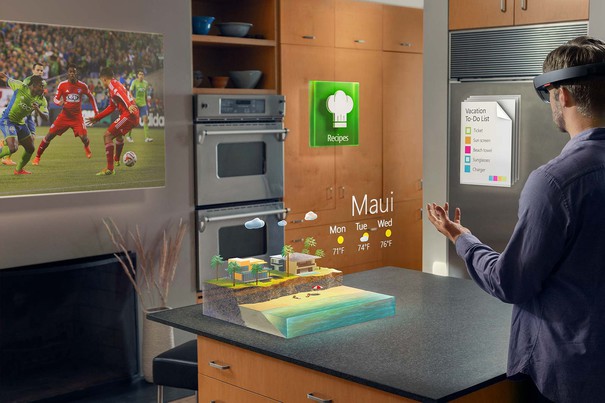
For gaming, that means being able to use the HoloLens to create not only smaller augmented geometry – such as the Minecraft pieces scattered around in the demo – but to also generate environments for the player to navigate, as evidenced by the Mars demonstration. It saw users exploring the surface (complete with Curiosity Rover), putting down waypoints and even talking to a real-life scientist (sadly, not Batman) who had joined in hologram form. It's obvious how these elements translate to gaming.
A question of square footage will obviously play into it, like Kinect – unless you're living in a house the size of Notch's candy-mansion you're unlikely to be able to walk very far 'into' these environments. There will no doubt be an analogue option, however, for using a stick to navigate your avatar without physical movement.
There are potentially other problems as well. The visor's form factor is large at the moment, and almost distressingly reminiscent of bad sci-fi. (This tweet sums it up nicely.) How comfortable the unit is and how well it plays with people who require glasses are also considerations. Will there be a better way of interacting with the holographic world than the currently proposed solution, which requires your index finger to be in front of the unit and 'tapped' to use, like Cyclops in the X-Men movies? Currently, Microsoft is saying HoloLens has its own power, in terms of both energy and computation: where's the cut off? Are there different models, or is it a one-size fits all deal?
We'll have to wait and see, of course. Microsoft hasn't committed to a firm release date, or even a rough one, instead targeting HoloLens' bow at sometime during the "Windows 10 lifecycle". But where once there were outrageous statements and over-the-top – and utterly misleading – demos now there seems to be tangible claims and supporting software. (Kinect had demo software on day one, of course, but it was mainly sold at that time on the Milo and Kate stuff.)
There's a long way to go, and most, if not all of the HoloLens' features are subject to change and revision. How close Microsoft comes to integrating another grand plan with reality is difficult to say. By the time the firm has it in a salable state the market may have evolved to the point where HoloLens looks as preposterous as Kinect. But there are plenty more reasons to get excited about this than some of Microsoft's other hardware. And it's certainly more exciting than an 84-inch Surface tablet, or a personal assistant that tracks your every move.
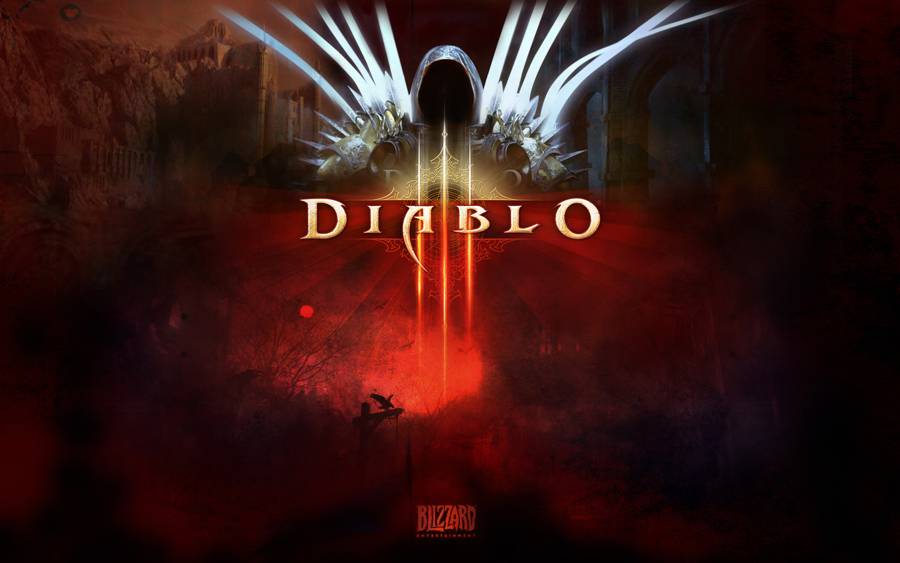
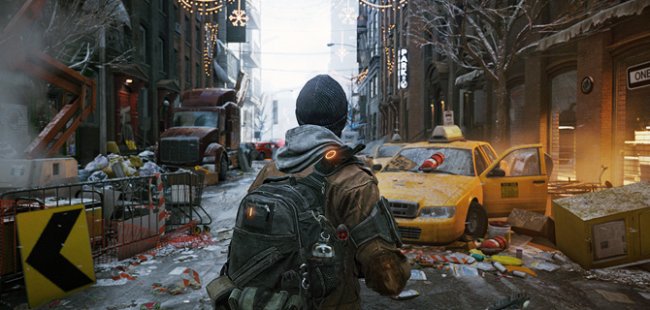
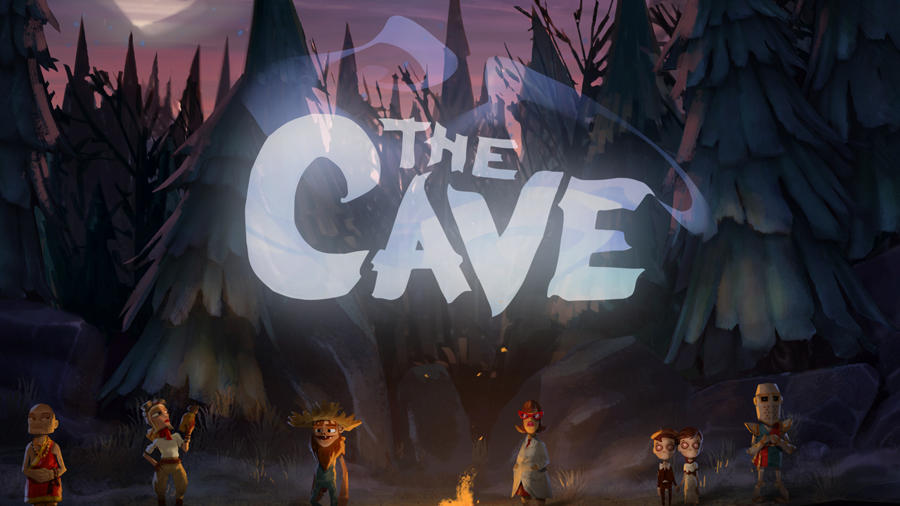
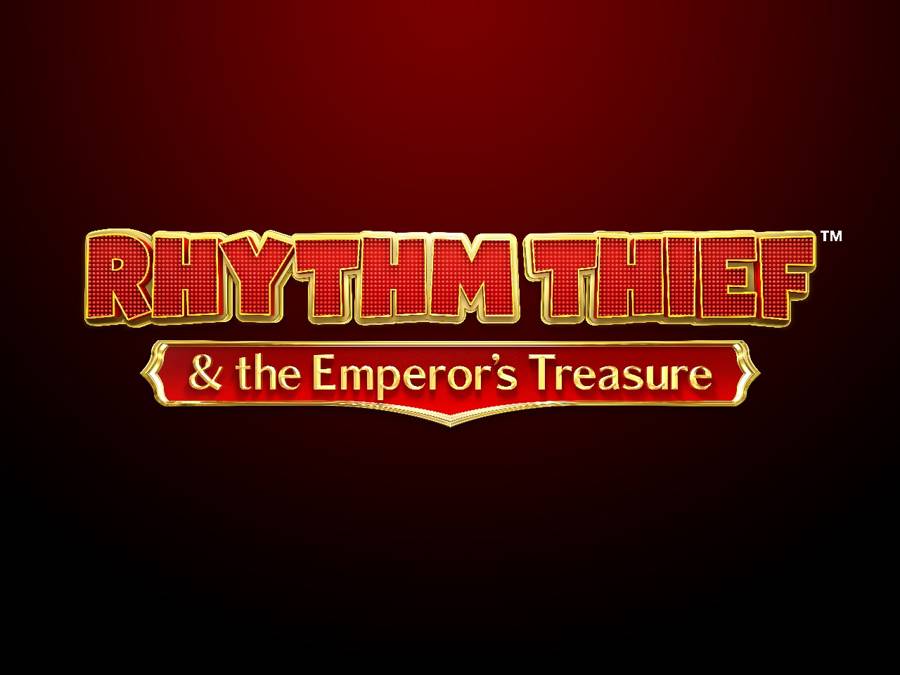
 Is Batman better in 3D?
Is Batman better in 3D?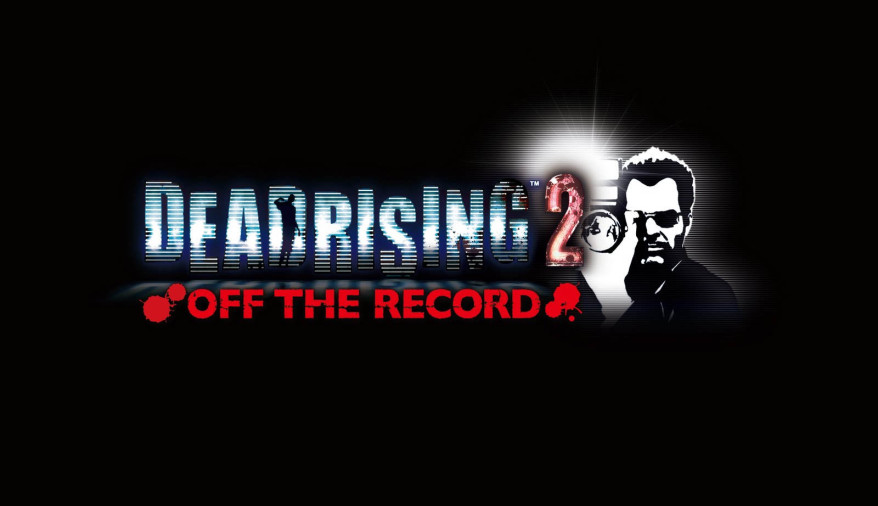 Dead Rising 2: Off The Record Security Box Guide
Dead Rising 2: Off The Record Security Box Guide The Witcher 3 Guide: Velen Side Quest Guide, Hidden Treasures & Witcher Contracts
The Witcher 3 Guide: Velen Side Quest Guide, Hidden Treasures & Witcher Contracts Dark Souls 2 Melee Hexing Guide: Join The Dark Side
Dark Souls 2 Melee Hexing Guide: Join The Dark Side Learn How to Perform Surgery Using Surgeon Simulator
Learn How to Perform Surgery Using Surgeon Simulator